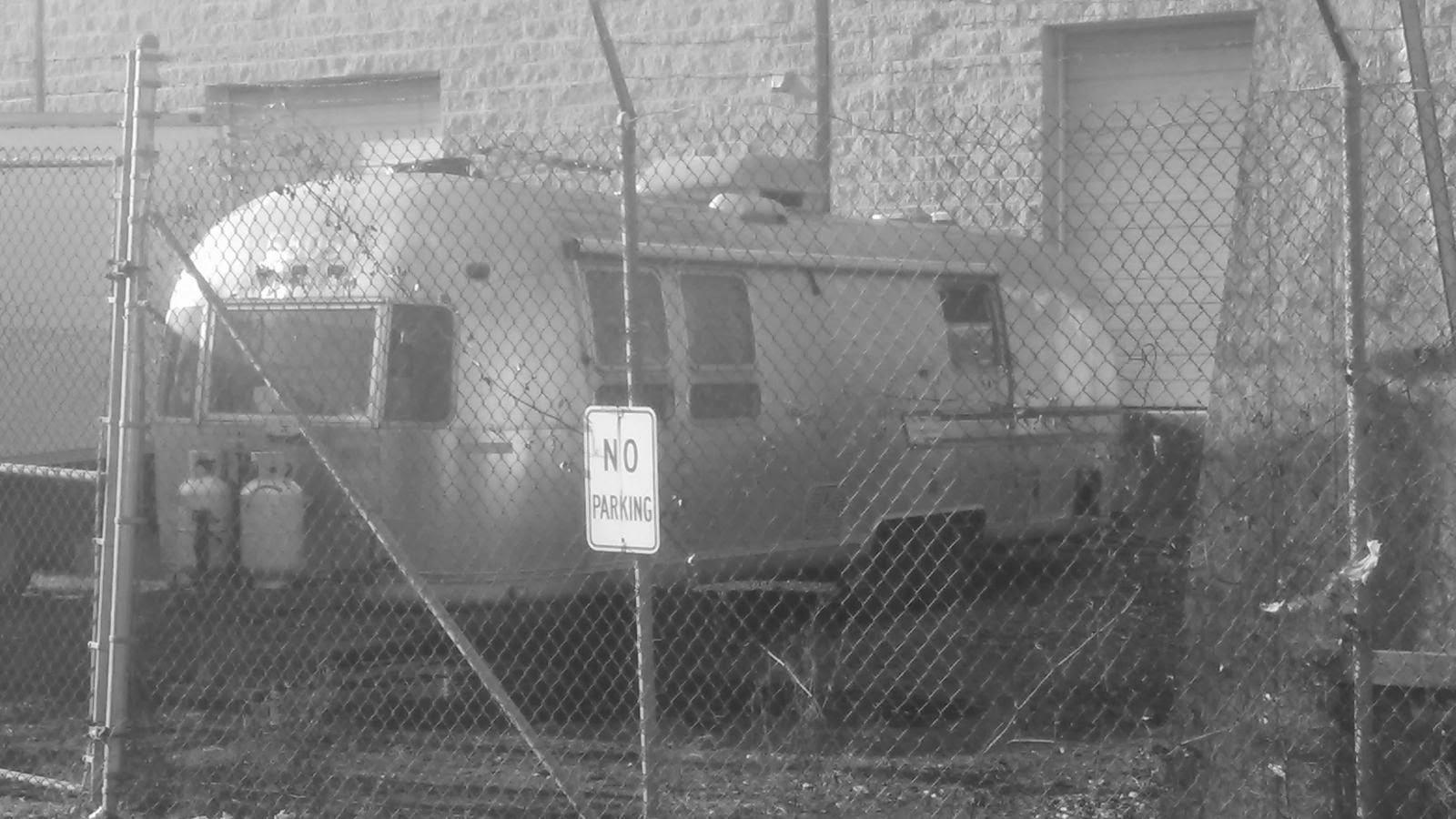A great deal has taken place in the past few weeks. I thought I would bring you all up to speed since the focus is now in the "putting her back together again". I am a firm believer in doing the structure first, and with that said, it all begins at the axles.
I will try and speak simply here. If any of the terminology does not make sense or you need further explanation, please let me know in the comments section and I will try and elaborate.
Many axles are sold as "direct swap", however I find this to rarely be the actual reality. I have said this before; 1964 is a very odd year. There are a lot of aspects that are unique to this year. On this Overlander the axles are unique. Replacing them required a good deal of extra work. As you see above, the mounting bracket on the original axle is much lower than the new ones. I created a template of the mounting bracket on the new, replacement axle. You see it on the side of the mounting bracket on the original axle. There is about 3/4" difference. This means that the new axle sits lower down in the slot than the old ones, thus also dropping where the new bolt holes will be.
The old axle tube is also smaller than the new axles tube. This will requiring widening of the slot for the axle.
I first had to extend the mounting plates on the frame to give the new axles a place to drill new mounting holes into.
This is that template pushed up against the frame rail. You can see the place for the new bolt hole is right at the edge of mounting plate. You also see the slot needing to be widened.
Here you see the bracket extended down.
Here the slot has been widened out. A jig of the mounting bracket comes in very handy.
Here the shock mount has been cut in half. It is too long for the new axle also.
Here the mount has been overlapped and welded back together to make it shorter. Now the frame can be treated and painted. It is also ready to have the axles installed.
While buttoning up the frame we also installed a spare tire carrier. This required a little altering. We padded out the cross member to move the yoke forward a little. There are threaded nuts welded into the frame for a carrier, but the new one is just not the same as the original, optional carrier.
The entire frame was wire brushed. All unseen metal was treated with two coats of POR 15. You see Michael installing the Reflextics insulation.
The exposed metal was then painted using a three stage system after it was sanded using a flapper wheel. The first stage is two coats of a special epoxy primer for bare metal. A body and a hardner were mixed, then sprayed on.
The second stage is the base color. It contains 6 different pearl colors. Three coats were required. The photo does the color no justice at all. Once again, a base and hardener were mixed then sprayed on.
The third stage is a clear. Two coats were applied. Two parts once again. These auto body paints are a chemistry class. Very careful measuring is required for these products.
Nice and glossy.
It looks like glass. I am very pleased with how this turned out.
We popped in the front section of plywood.
Then we slid the next section in from the side. Like it was made for it...
The plywood was next bolted down. This requires a few steps; A 1/8"
pilot hole was drilled through the original hole from below.
The pilot hole was used to guide the forstner bit. This is to counter sink the elevator bolt head.
Next a clearance hole was drilled for the bolts shaft.
The bolt gets hammered into place. The shaft has a square shank to keep it from spinning when the bolt goes on.
Bolted down.
All bolted into place.
The next thing done was the fabrication of the new belly pans. 24 foot Alclad sheets were rolled out and the old ones placed on top.
The original was flattened out and carefully lined up on the new sheet.
Cleckos hold it into place for tracing. It is important to differentiate between the bucked rivet holes and the blind ones used while constructed at the factory. The errant screw hole needs to not be copied also.
These cuts on the curve are crucial on this era. The rear corners will be curved in two directions. These cuts make that possible.
Pay close attention to those cuts.
The bumper hatch needed to be rebuilt too. I created a gap between the shell and the new hatch so water is no longer directed under the floor like it was previously.
The nasty cut out for furnace needed addressing. I thought about plating it over, but Michael had a great idea of creating another storage compartment.
I had a salvaged frame for a rear hatch but it was too wide for the space. I just took it apart and cut it down by 11 inches. It was then reassembled.
The slightly wider opening was marked out and cut through the side.
The salvaged frame went in like it was made for it. A new door will need to be bent up to fit the new compartment door opening. When done, no one will ever think it was not original.
Hope this brings you up to speed. More posts to come soon.
























































